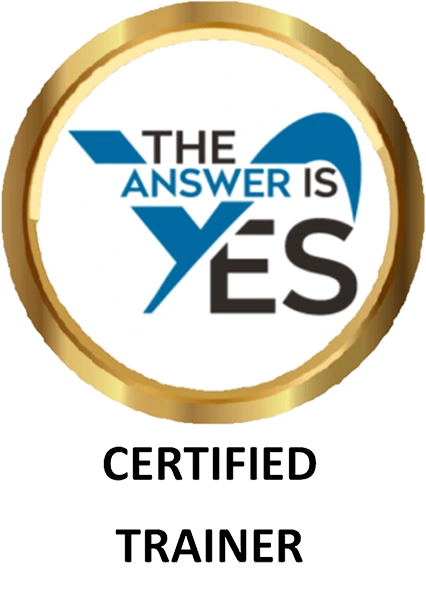“There is no decision that we can make that doesn’t come with some sort of balance or sacrifice.” Simon Sinek
We are faced with decisions, both large and small, every day. Some decisions are easy to make: “Should I hit the Snooze button?” “Will I have fruit pie or ice cream for dessert? Oh, I can have both! Just heat the pie, please.” Others are more difficult, because there are consequences: “Do I change my lifestyle to improve my health?” “Do I stay in my current job or do I take a different one?”
This is where decisional balance comes in handy. It takes decision making beyond simply weighing the pros and cons of the career move (a change). It also looks at the pros and cons of staying in the current job (not changing). This creates a balance sheet of comparative potential gains and losses.
Imagine a table with two columns labeled Benefits (Pros) and Consequences (Cons) horizontally across the top. There are two rows labeled Not Changing and Changing vertically along the left side. You can see a representation of the decisional balance worksheet
The box that is Benefits and Not Changing identifies the advantages of the status quo (staying in the current job). The box that is Benefits and Changing identifies the advantages of changing jobs.
The box that is Consequences and Not Changing identifies the downside of staying in the current job. The box that is Consequences and Changing identifies the downside of changing jobs.
There will not be any change unless the consequences of staying in the current job (status quo) versus the benefits of changing jobs outweigh the benefits of staying in the current job versus the consequences of changing jobs.
One way to use the decisional balance worksheet is to give numerical weights (from 1 to 5) to each of the pros and cons and then subtract the total cons from the total pros. The overall score can help make the decision to change or not to change.
Have you ever used decisional balance to make a decision?
May your learning be sweet.
Deborah





